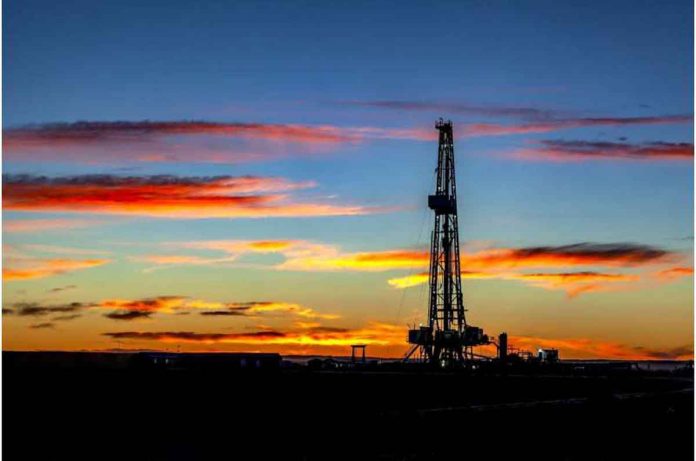Efforts to mitigate the potentially harmful effects of oil and gas drilling are frequently concentrated on a single measure, such as increasing setbacks, the minimum allowable distance between drilling and homes, schools, and other sensitive locations. However, in a commentary published on July 6 in Environmental Research Letters, a group of public health experts from various universities and organisations urges the development of multi-layered policies to mitigate the impact of gas and oil production operations. They lay out a decision-making framework that they claim will make it easier to implement more public health protective measures.
“Because oil and gas development can emit multiple hazards, multiple solutions are required to protect communities and the environment,” said Nicole Deziel, Ph.D., lead author of the paper and an associate professor of epidemiology (environmental health sciences), environment, and chemical and environmental engineering at Yale University. “Our paper provides a framework for policymakers, business leaders, and community leaders to consider which approach or combination of approaches would be most effective in a given scenario.”
The expansion of the oil and gas development (OGD) industry has put millions of Americans in the path of various hazards associated with OGD operations. Nearly one million oil and gas wells were operational in 2020, and a 2017 study estimated that 17.6 million Americans lived within 1,600 metres (1 mile) of an active oil or gas well. The evidence that OGD contributes to air pollution, water contamination, noise, psychosocial stress, and health risks continues to mount.
Several studies have found links between living near oil and gas operations and increased risk of adverse pregnancy outcomes, cancer incidence, hospitalizations, and asthma. Some drilling-related operations have been located near underserved communities, compounding their environmental and social injustices.
The authors describe the advantages and disadvantages of available control strategies in their paper. They explain how certain measures, such as engineering controls, which are typically thought to be quite effective at capturing pollutants at the source, may be insufficient due to the complex array of potential emissions, such as noise, air pollution, greenhouse gases, and increased local truck traffic. Reduced new drilling and proper discontinuation of active and inactive oil and gas wells, on the other hand, would be most effective because it eliminates the source of nearly all environmental stressors.
“It’s important to note that increasing setbacks, or the distance between a home and an oil and gas drilling site, does nothing to mitigate the effects of climate change or regional ozone,” said Lisa McKenzie, a co-author of the paper and associate professor at the University of Colorado Anschutz Campus’s Colorado School of Public Health.
According to Deziel, “although phasing out drilling may sound like a significant departure from the status quo, it’s important to note that many states and municipalities, such as Los Angeles, have already approved a ban on all new oil and gas wells.”
The authors advise scientists and practitioners to take a more holistic approach.

